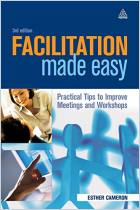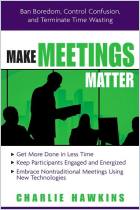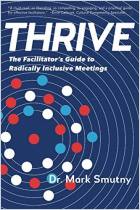
Recommendation
Whether you’re a grizzled veteran retreat planner or a jittery rookie facilitating your first offsite event, don’t make another move until you get your hands on this manual. In this handbook, Merianne and Jeff Liteman and Sheila Campbell have produced the definitive work in the field. The authors explain that a rich and bountiful guide like theirs did not exist years ago when they were designing and leading hundreds of retreats. You can benefit from their experience and learn from their mistakes. This work includes nearly 50 new activities and a CD that contains materials you can print out for clients and participants. Because the book is nicely categorized, you can find specific information without having to wade through every page. Before you spend another penny organizing your next retreat, getAbstract strongly suggests that you pick up this terrific guidebook. The return on your investment will be considerable.
Summary
About the Authors
Merianne Liteman is president of Liteman Rosse, a consulting firm that specializes in offsite retreats. Sheila Campbell is president of Wild Blue Yonder, a consulting firm that focuses on creative thinking and strategy. Jeff Liteman is vice president of Liteman Rosse.




















Comment on this summary or Diskussion beginnen